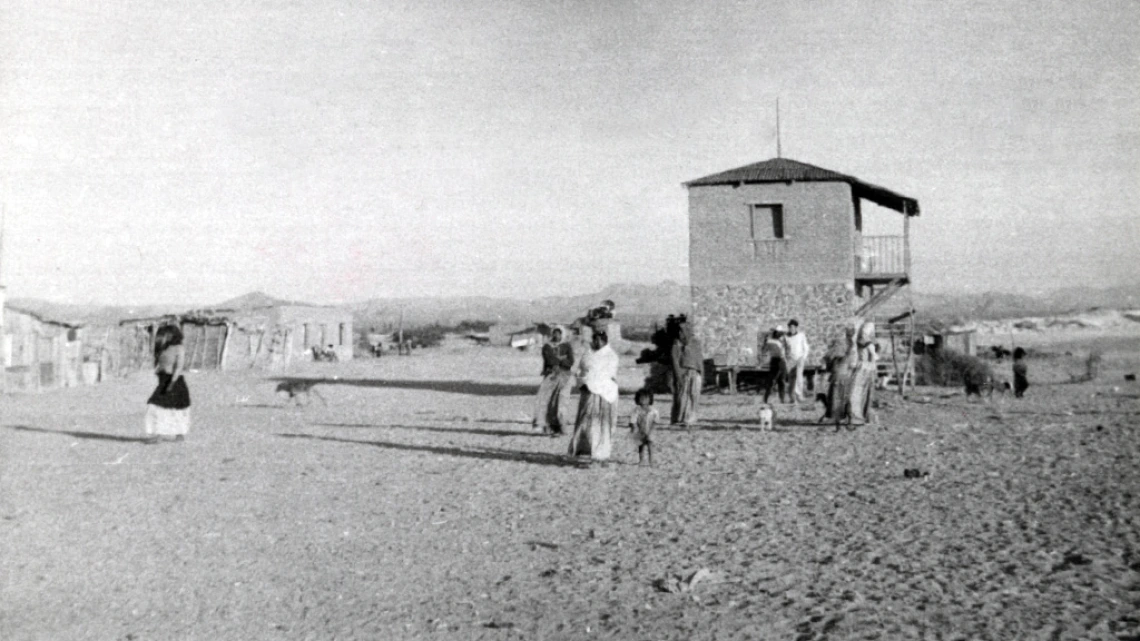William B. Griffen papers

Fish coop building, Desemboque, Sonora, 1955.
Collection area: Arizona and Southwest
Collection dates: 1955-1965
Collection includes holograph field notebooks and revised notes of observations of the Seri Indians of Mexico. Most of the notebooks focus on family organization and social customs of the Seri. Rites associated with events such as birth, puberty, marriage, and death are recorded throughout the notebooks. Collection also contains fifty four black and white photographs of people and buildings taken in Desemboque, Sonora, Mexico, 1955; correspondence and other materials relating to a paper written by Griffen and Ed Moser entitled "A Spanish Transcription of Terms from a Native Indian language"; and photocopies of two published works: "Notes on Seri Indian Culture Sonora, Mexico," and "Seventeenth Century Seri."
Some materials in Spanish and phonetic Seri.
William B. Griffen was born January 30, 1928 in Los Angeles, California. He remained in southern California throughout his childhood and earned a BA in Political Science and Economics from Whittier College in 1951. Two years later, Griffen began graduate studies at Mexico City College, where he was encouraged to study the Seri Indians of Sonora. In the Spring of 1955, Griffen spent five weeks at the coastal Seri village Desemboque, located west of Caborca and north of Kino Bay. He then returned to Mexico City to complete his thesis and received his MA in June, 1955. A version of his thesis was published as Notes on Seri Indian Culture, Desemboque, Sonora, Mexico in 1959.
In 1960, Griffen entered a doctoral program in anthropology at the University of Arizona and was awarded a PhD in 1965. He spent most of his career as a professor in the Anthropology Department at Northern Arizona University, where he was chair of the department from 1964-1968 and 1971-1990.
A collection guide explains what's in a collection. New to using our collections? Learn how to use a collection guide.
Collection guideAccess this collection
Visit us in person to access materials from this collection. Our materials are one-of-a-kind and require special care, so they can’t be checked out or taken home.
How to cite
Learn how to cite and use materials from Special Collections in your research.
